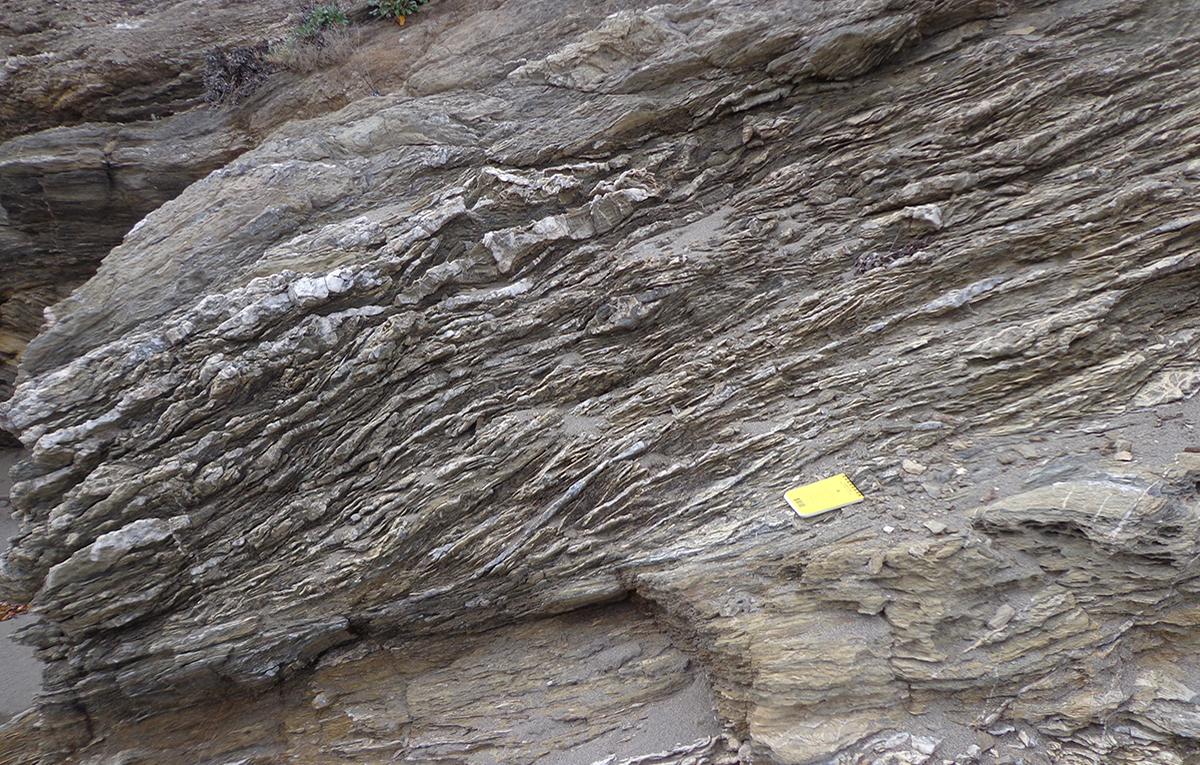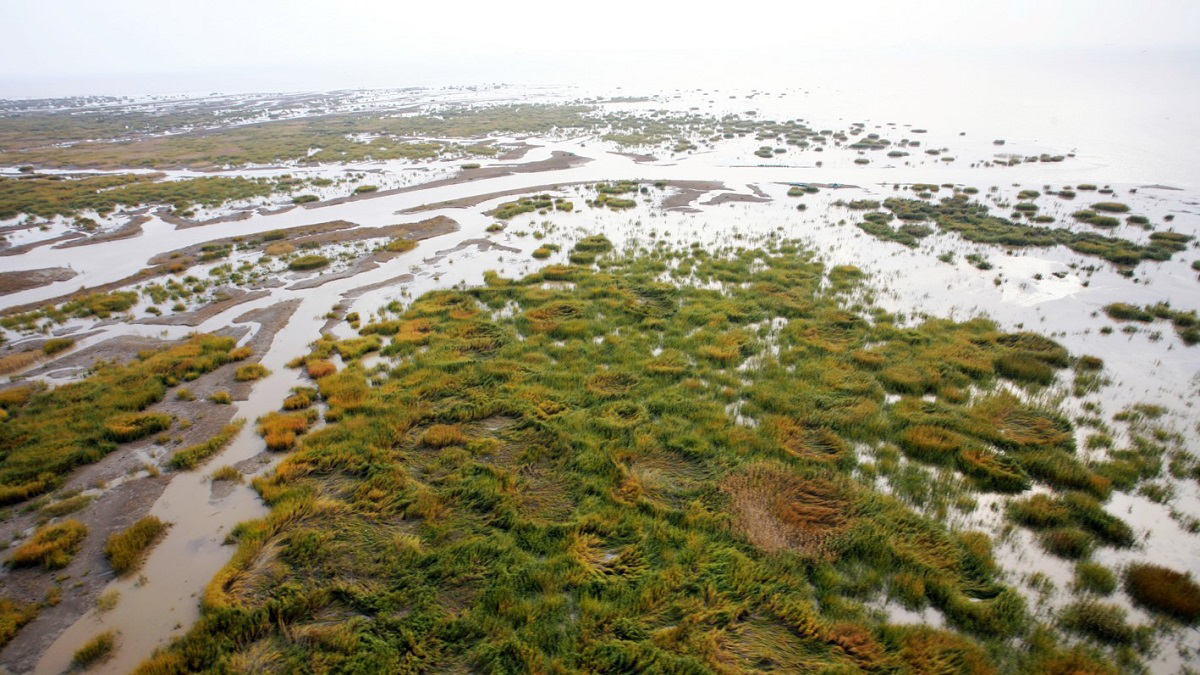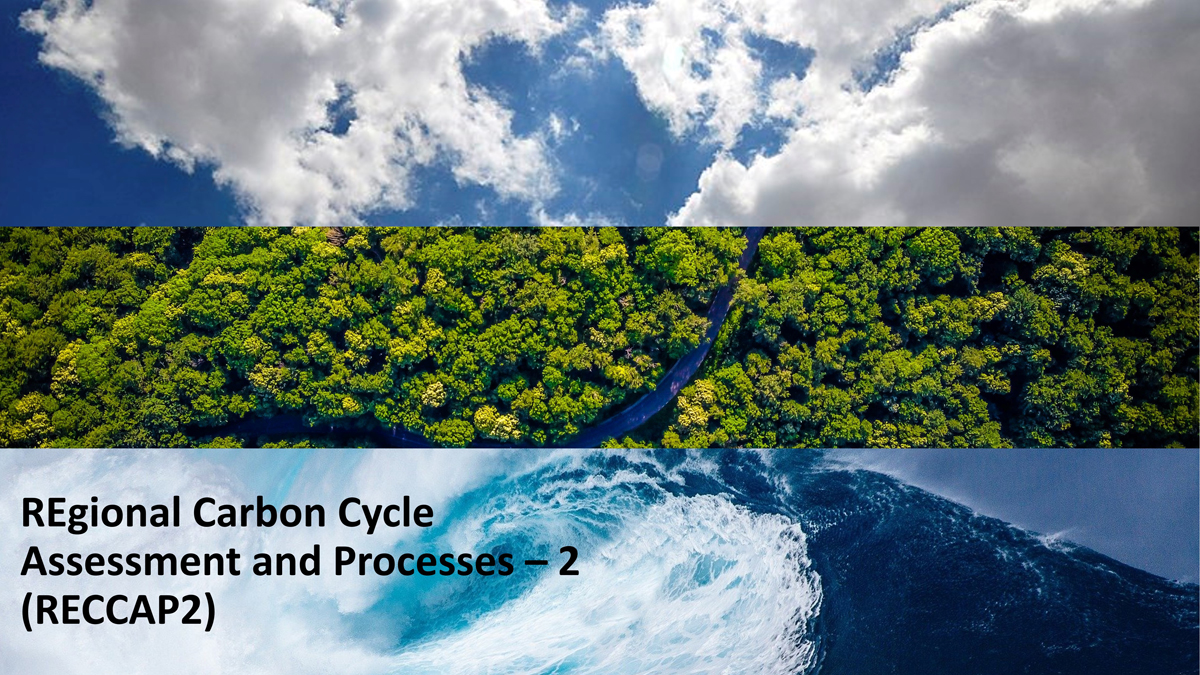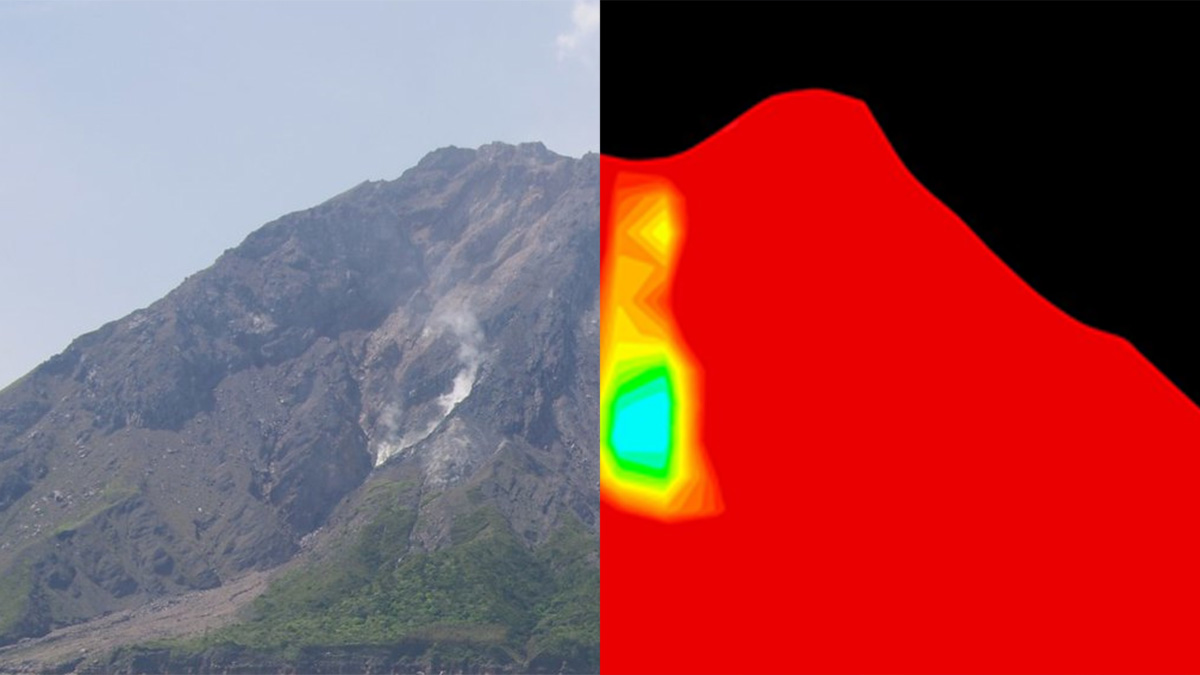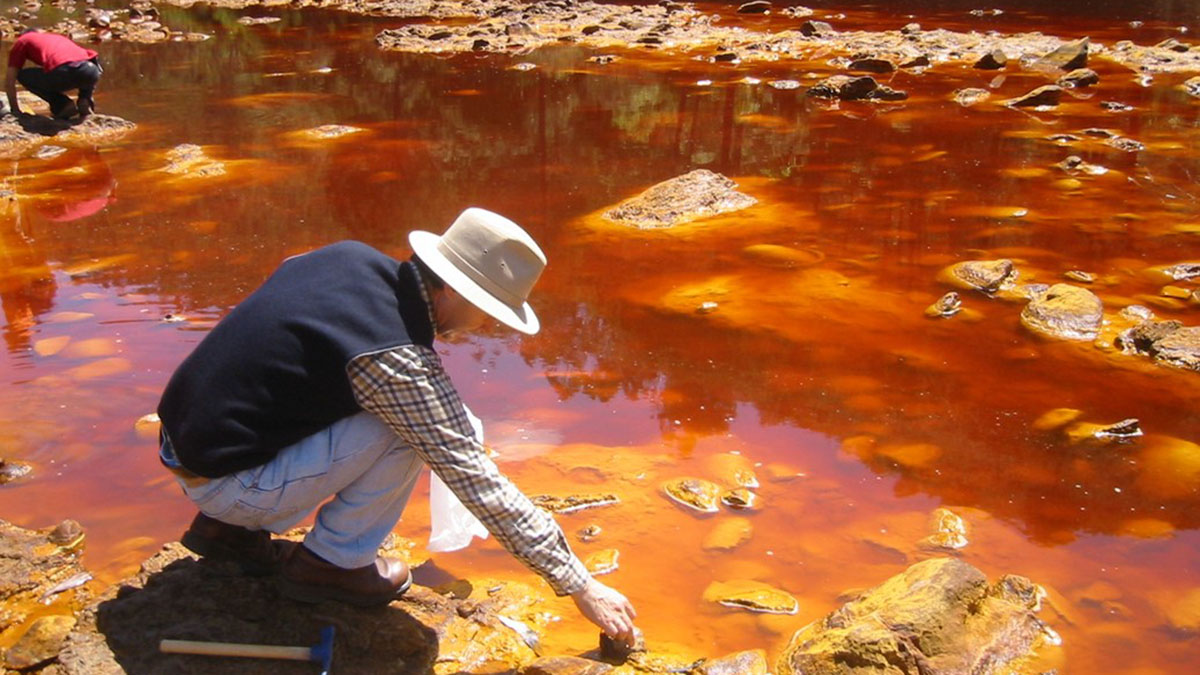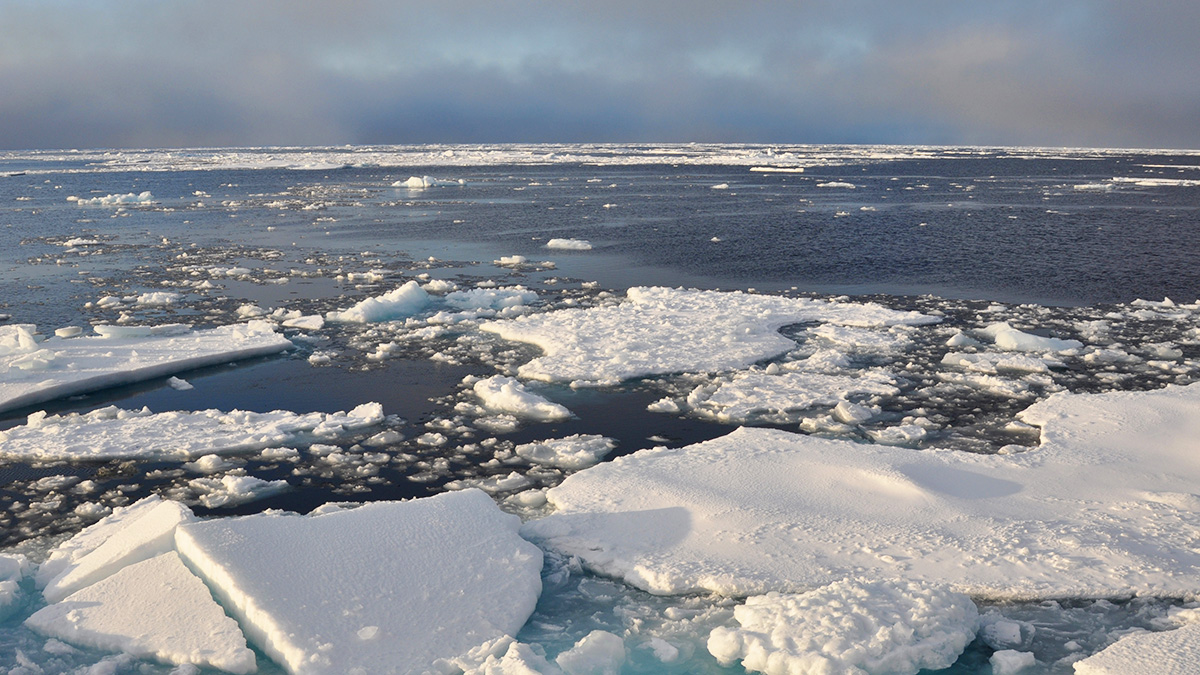Large earthquakes are necessarily punctuated by some degree of strength recovery, such as “fault healing”, but does quartz cementation during fluid-fault interactions facilitate that process?
Editors’ Vox
Mountains Undergo Enhanced Impacts of Climate Change
As climate change persists, amplified temperature increases in mountains and changes in precipitation will diminish snow and ice.
Understanding and Utilizing the Fractured Earth
The prediction of flow and transport in fractured rock is one of the great challenges in the Earth and energy sciences with far-reaching economic and environmental impacts.
Understanding the Importance of Salt Marshes
Hydrological processes affect plant ecology and the biogeochemical exchange between salt marshes and the sea.
Inventorying Earth’s Land and Ocean Greenhouse Gases
A new special collection in AGU journals will present findings from the Second REgional Carbon Cycle Assessment and Processes (RECCAP2) study with a decade of data on greenhouse gas growth.
The Mystery of Methane on Mars Thickens
Two recently published papers zoom in on the mystery source of methane in the Martian atmosphere.
High-Definition Imaging of the Subsurface with Cosmic Ray Muons
A new book describes muography, an imaging technique that can be used to visualize the internal density composition of geological structures.
Modeling Forest-Atmosphere Exchange
Studying the interactions between the atmosphere and forests is a key component of understanding forest ecosystems and the interplay between our atmosphere and the living world.
Using Hematite to Decipher Past Climates and Environments
The magnetic and color properties of the mineral hematite give clues to past environmental conditions and is being used for paleoclimatic reconstruction.
Tracking Heat Gains and Losses in the Nordic Seas
The Nordic Seas experience influxes of warm water and losses of heat to the atmosphere with knock-on effects on sea ice, glacier retreat, and carbon dioxide uptake.

